Key Takeaways
- The Prime Directive protects pre-warp societies from exposure to advanced technology.
- Prime Directive missions aim to correct breaches covertly to preserve natural development.
- Violations of the Prime Directive occur in rare cases to prevent societal harm.
One of the central concepts in the Star Trek universe is that each society should be allowed to develop on its own, at its own pace, without interference from other cultures. Gene Roddenberry, the creator of Star Trek, was insistent that Starfleet shouldn’t play the role of “policing the galaxy,” spreading its belief systems and enforcing its laws throughout space. To ensure that Starfleet didn’t interfere with other cultures, the minds behind Star Trek came up with an edict originally called General Order One, which later became known as the Prime Directive.
The Prime Directive states:
Starfleet crew will obey the following with any civilization that has not achieved a commensurate level of technological and/or societal development. […]
- No identification of self or mission.
- No interference with the social, cultural, or technological development of said planet.
- No reference to space, other worlds, or advanced civilizations.
- The exception to this is if said society has already been exposed to the concepts listed herein.
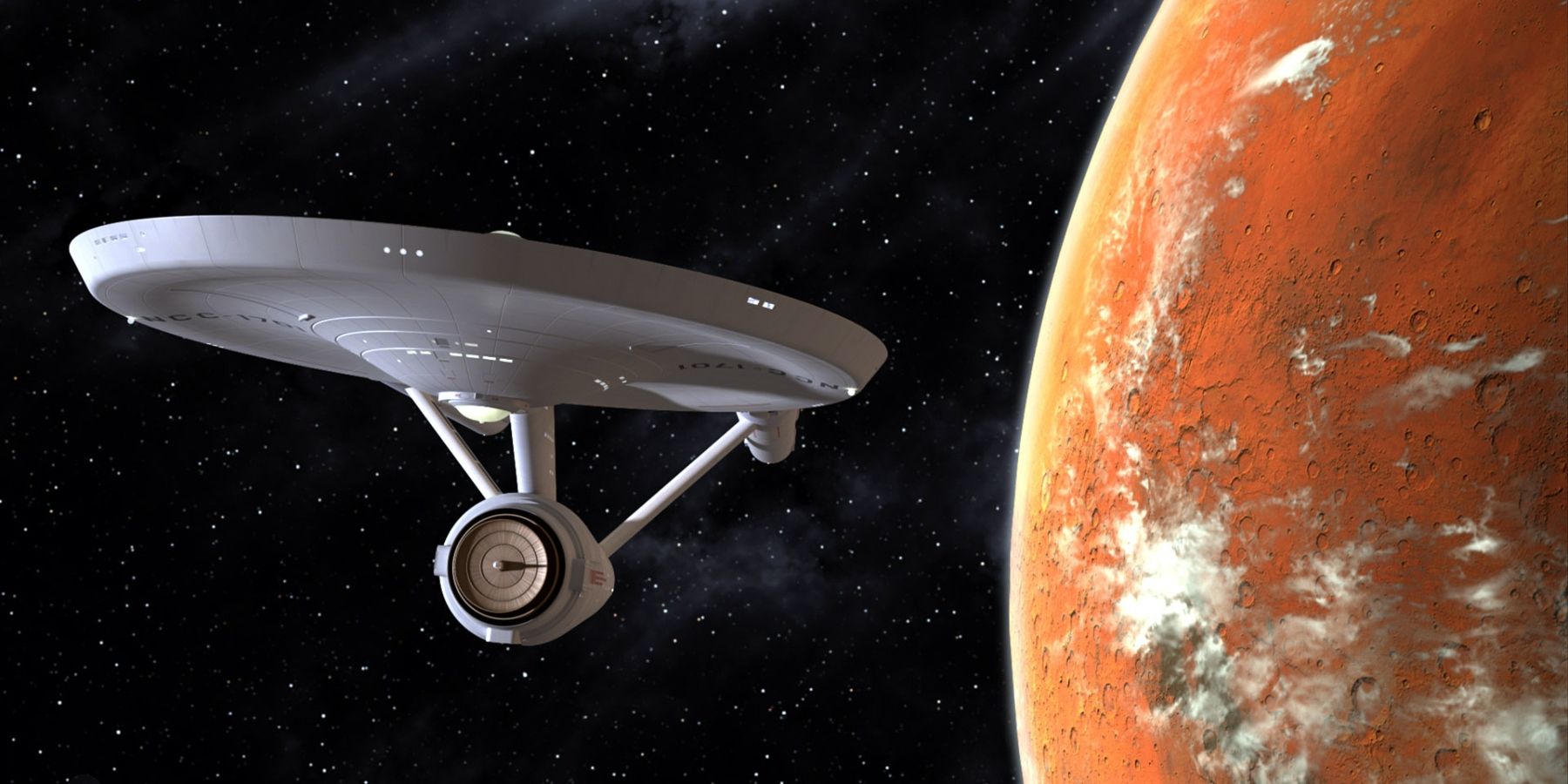
Related
Star Trek: What Is The Prime Directive?
It’s time to a hard look at the Federation’s number one rule, why it’s there, and the problems it can cause.
The Prime Directive provides explicit directions that help members of Starfleet prevent exposing pre-warp societies to technologies and ideas they haven’t discovered yet, so those societies are allowed to develop advanced technology and space travel on their own. That last part, about how the Prime Directive doesn’t necessarily apply to pre-warp societies that have already been exposed to “space, other worlds, or advanced civilizations,” is where the Prime Directive gets tricky.
Following the Prime Directive During Prime Directive Missions
As any Star Trek fan knows, Starfleet missions don’t always go as planned. Sometimes, the actions of Starfleet officers create situations where members of pre-warp societies could discover, or actually do discover, evidence of advanced technology, aliens, or space travel. When this happens, Starfleet often has to send a covert team to intervene. These are called Prime Directive missions.
Prime Directive missions usually fall into one of two categories. In some cases, advanced technology or aliens end up on a pre-warp planet by accident, and Starfleet sends officers to attempt to get the technology or aliens off the planet before the inhabitants notice. In others, members of a pre-warp society have already encountered advanced technology or aliens in a minor way and Starfleet sends officers to attempt to explain away the situation without violating the Prime Directive. In each of these scenarios, the goal is always to correct the situation without confirming to members of a pre-warp society that advanced technology and aliens are real.
To achieve that goal, Starfleet often sends its officers down to the planet disguised as the alien culture they’ll be interacting with. The officers do extensive research into the culture they’ll be visiting, familiarizing themselves with its social structure, laws, and customs. They often undergo surgical alteration so they appear to be a native of the planet. In theory, this allows them to infiltrate the pre-warp society without suspicion and correct any threats to the Prime Directive.
However, this rarely goes as planned. Usually, at least one person in the pre-warp society becomes suspicious of the disguised Starfleet officers and either discovers their identities or encounters the technology or alien they’re trying to conceal. In these scenarios, the Starfleet officers are required to ensure that as few members of the pre-warp society as possible figure out the truth, and ask them to keep the knowledge to themselves.
Breaking the Prime Directive
In rare cases, Starfleet officers sent on Prime Directive missions make the decision to purposely violate the Prime Directive. This only happens when a large portion of the pre-warp society has discovered the existence of advanced technologies, space travel, or alien cultures, or when the pre-warp society is facing major harm or complete destruction.
Episode: “Who Watches the Watchers”
An example of the first scenario played out in the Star Trek: The Next Generation episode “Who Watches the Watchers.” After some Mintakans discovered a hidden Federation obsveration station on their planet, the crew of the Enterprise-D was sent to erase the memories of those Mintakans to ensure the Prime Directive wasn’t violated. However, one of the Mintakans remembered the experience and told everyone in his village.
Counselor Troi and Commander Riker beamed down disguised as Mintakans to try and clear up the situation, but when they arrived, they found that some of the Mintakans were already convinced that Captain Picard was a God to whom they should offer tribute. The situation got so out of hand that Picard had to beam down and convince the Mintakans he wasn’t a god by showing them Starfleet technology and explaining space travel.
Episode: “Homeward”
The second scenario occurs in the TNG episode “Homeward.” The Boraalan homeworld, which happened to be where Worf’s half-brother Nikolai Rozhenko was stationed as a covert Federation observer, was on the verge of ecological destruction when the Enterprise-D arrived in orbit. Worf asked to beam down to check on his brother, and Picard agreed — with the caveat that he go down to the planet surgically altered to appear as a Boraalan.
Nikolai revealed that he’d joined the society disguised as a Boraalan because he couldn’t stand to watch them die in his observation post. He begged the crew of the Enterprise-D to save the Boraalans, but they couldn’t, because it would violate the Prime Directive. So, Worf’s half-brother decided to force their hands. Right before the planet was destroyed, he beamed several Boraalans aboard the ship. The crew had to develop an elaborate holodeck program to convince them they were still on their planet, migrating to a safer region. In reality, they remained in the holodeck until the Enterprise-D brought them to a different, habitable planet. Though the Boraalans as a whole never found out about space travel, advanced technology, or aliens, the crew of the Enterprise-D was forced to violate the Prime Directive by saving them.
How Have Prime Directive Missions Impacted the Trekverse?
Missions to repair potential or actual violations of the Prime Directive have ultimately resulted in major changes throughout the Alpha, Delta, and Gamma Quadrants of the Star Trek universe. In a few cases, entire pre-warp societies have learned about space travel and aliens, and have accessed advanced technology long before they would have discovered any of these things themselves, fundamentally changing the course of their world’s development. More often, a few members of pre-warp societies are forced to keep a monumental secret for the rest of their lives. Usually, this doesn’t have dire consequences, but it can. In “Homeward,” a Boraalan who found out about the Enterprise’s role in migrating his people chose to kill himself rather than lie to his people for the rest of his life.
In the few instances where Prime Directive missions succeed in repairing a potential or actual Prime Directive violation, the ethical ambiguity of the edict is often exposed. In the TNG episode “Pen Pals,” Dr. Beverly Crusher erased the memory of the one Dreman exposed to the Enterprise-D and all its technologies, and the crew of the Enterprise-D left the Dremans to be wiped out by their planet’s ecological breakdown. Though they had the opportunity to save an entire species by helping them relocate, this would have violated the Prime Directive. So, they let them die.
In theory, Star Trek’s Prime Directive is an excellent guideline for preventing non-interference in the natural development of a culture or an entire planet’s worth of cultures. In practice, following the directive to the letter can amount to unethical negligence that calls into question the values of Starfleet.
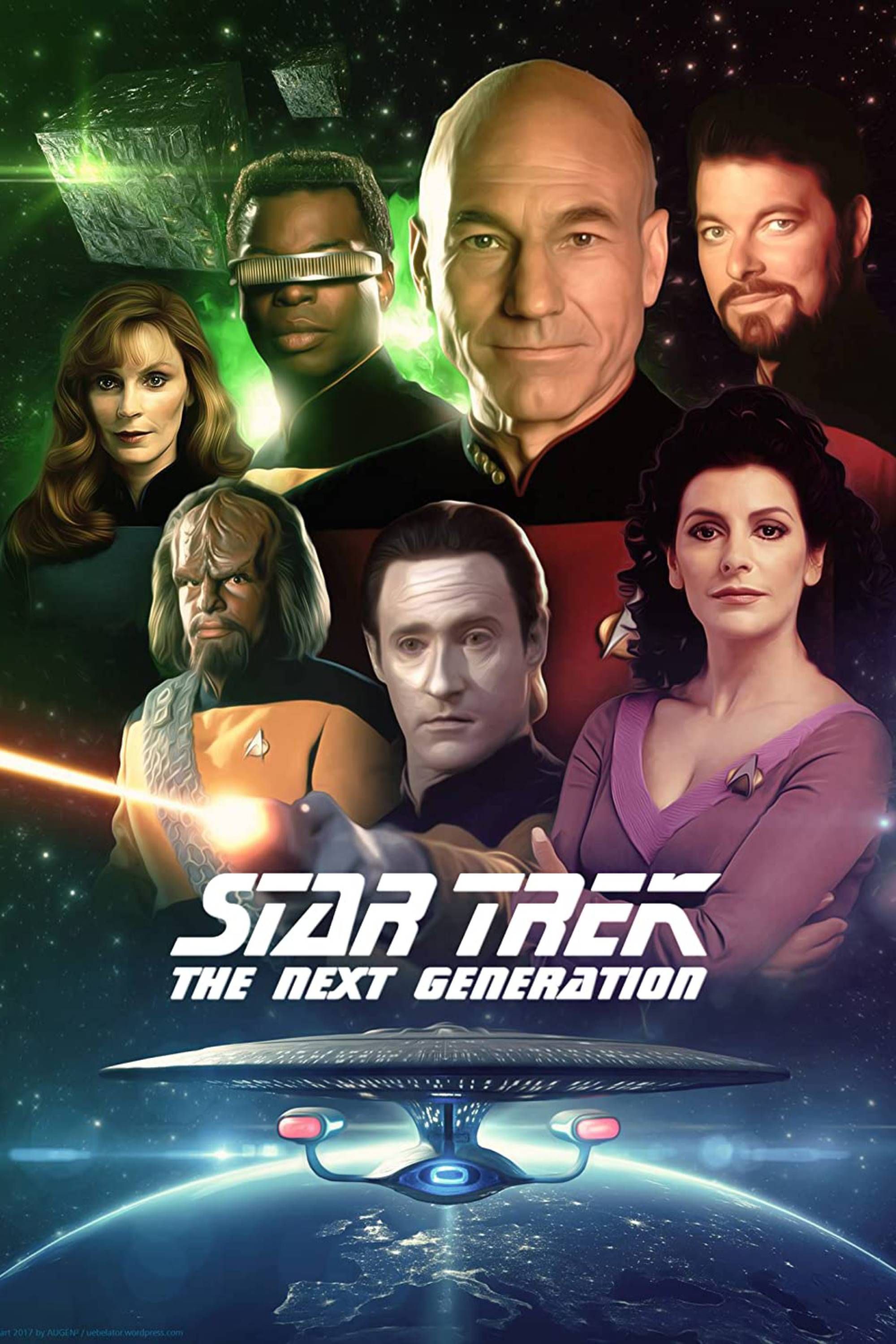
Star Trek: The Next Generation
- Release Date
- September 28, 1987
- Cast
- Patrick Stewart , Jonathan Frakes , Brent Spiner , Gates McFadden , Denise Crosby , Michael Dorn , Marina Sirtis , Wil Wheaton , LeVar Burton , Whoopi Goldberg
- Seasons
- 7
- Creator
- Gene Roddenberry
- Number of Episodes
- 178
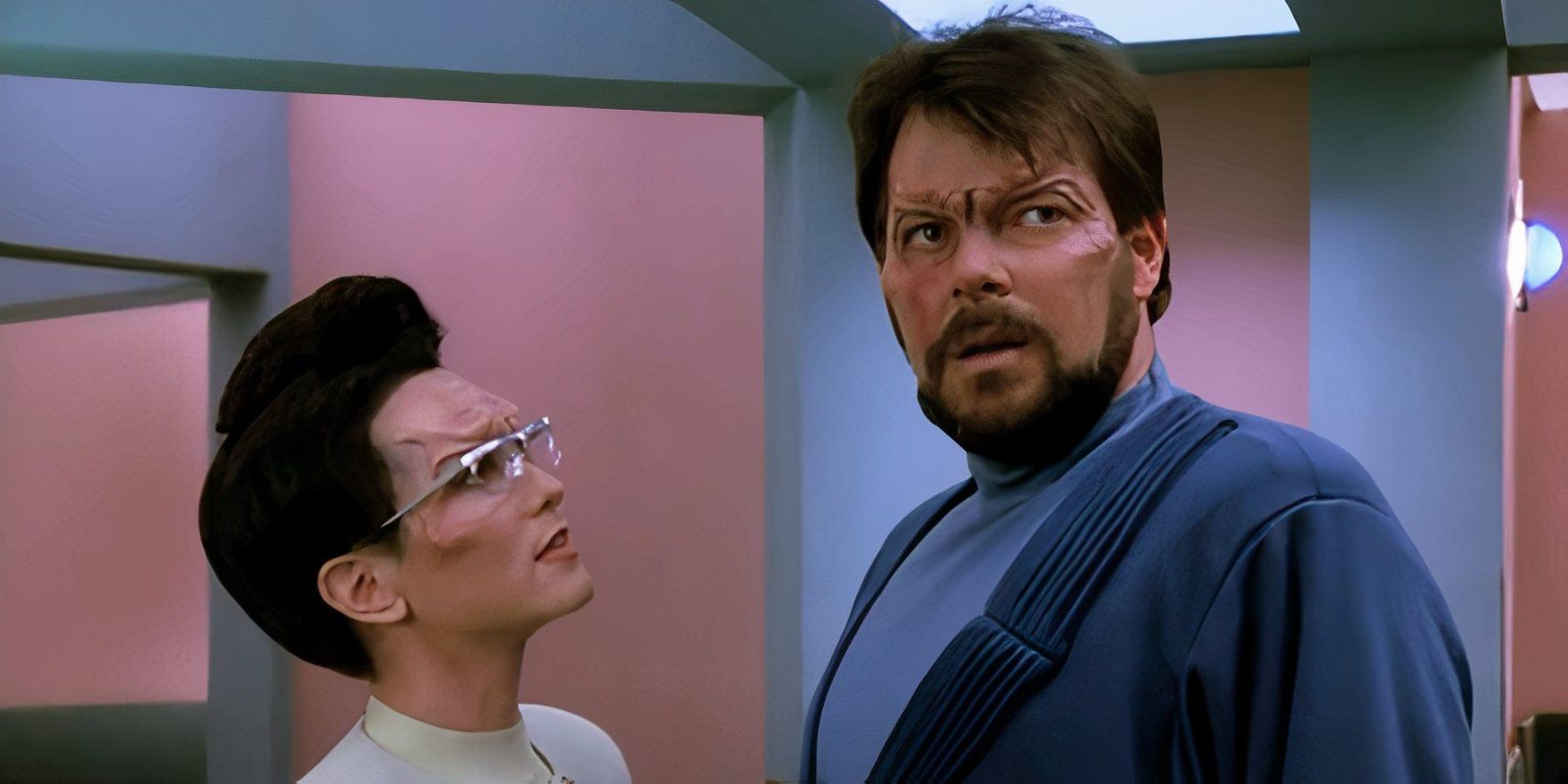

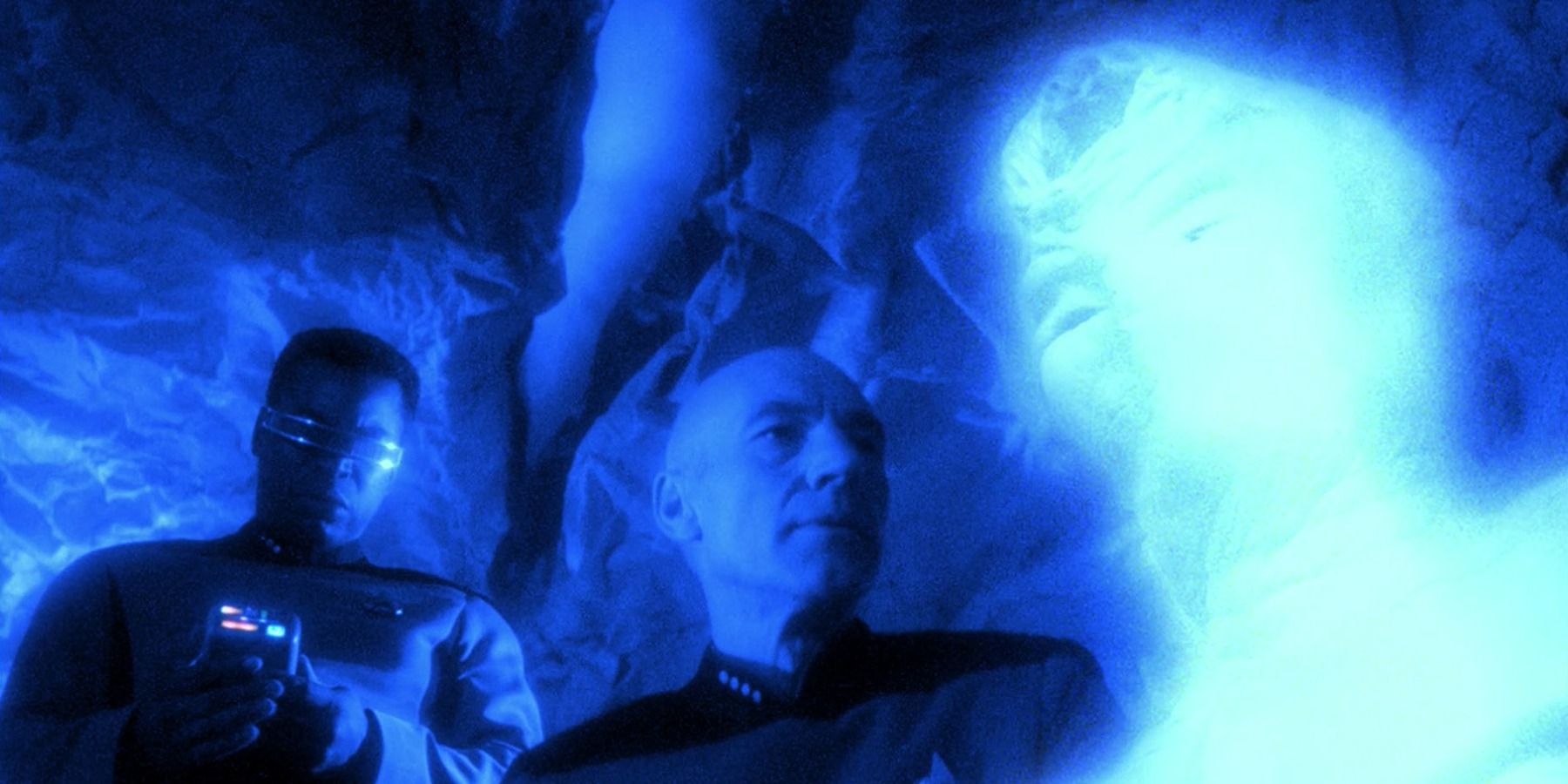
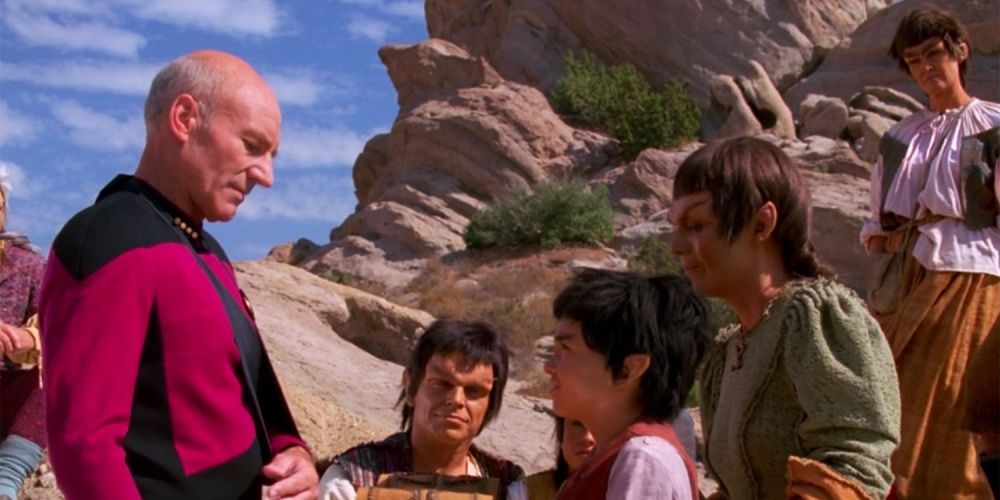
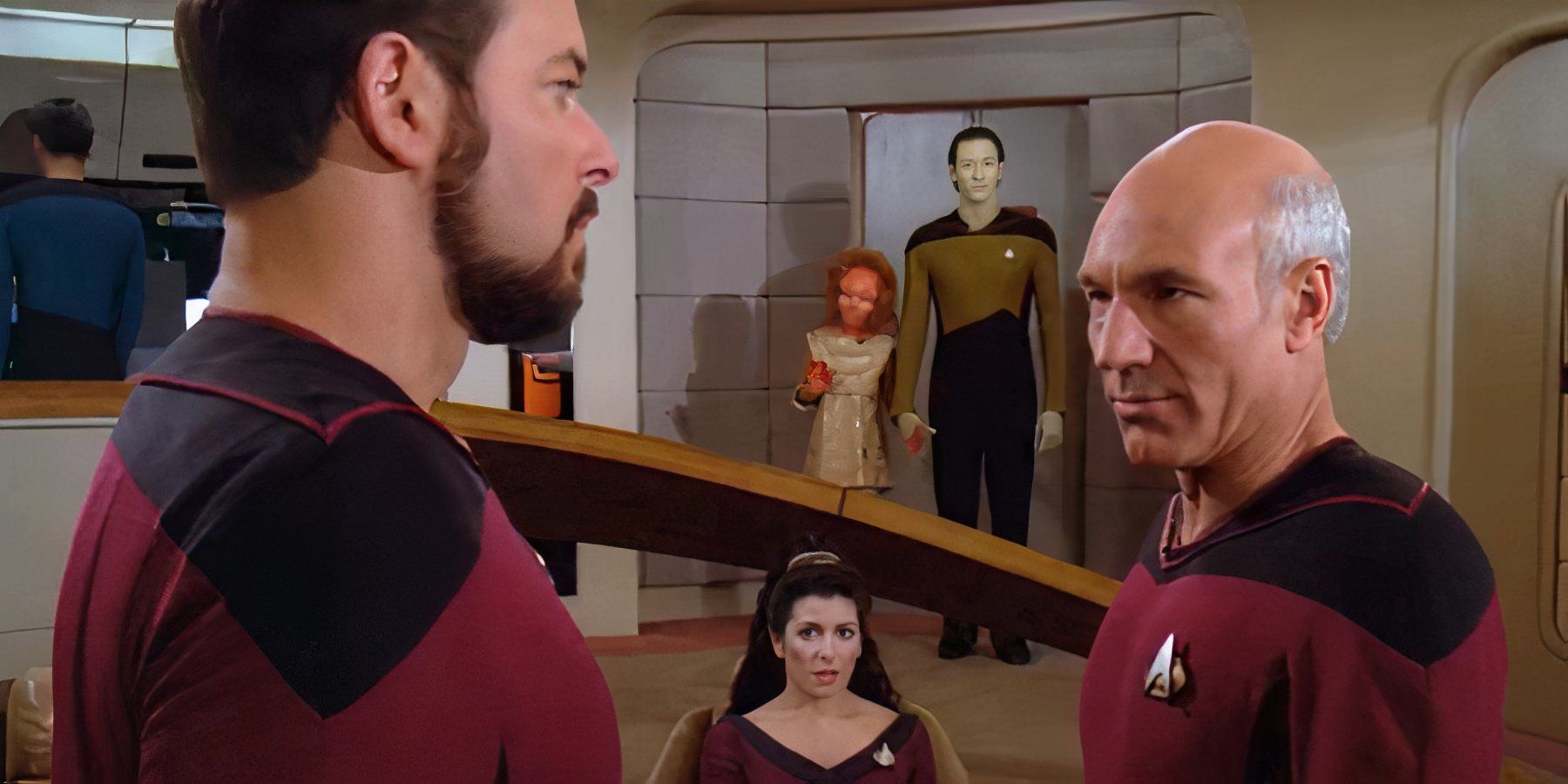










Leave a Reply